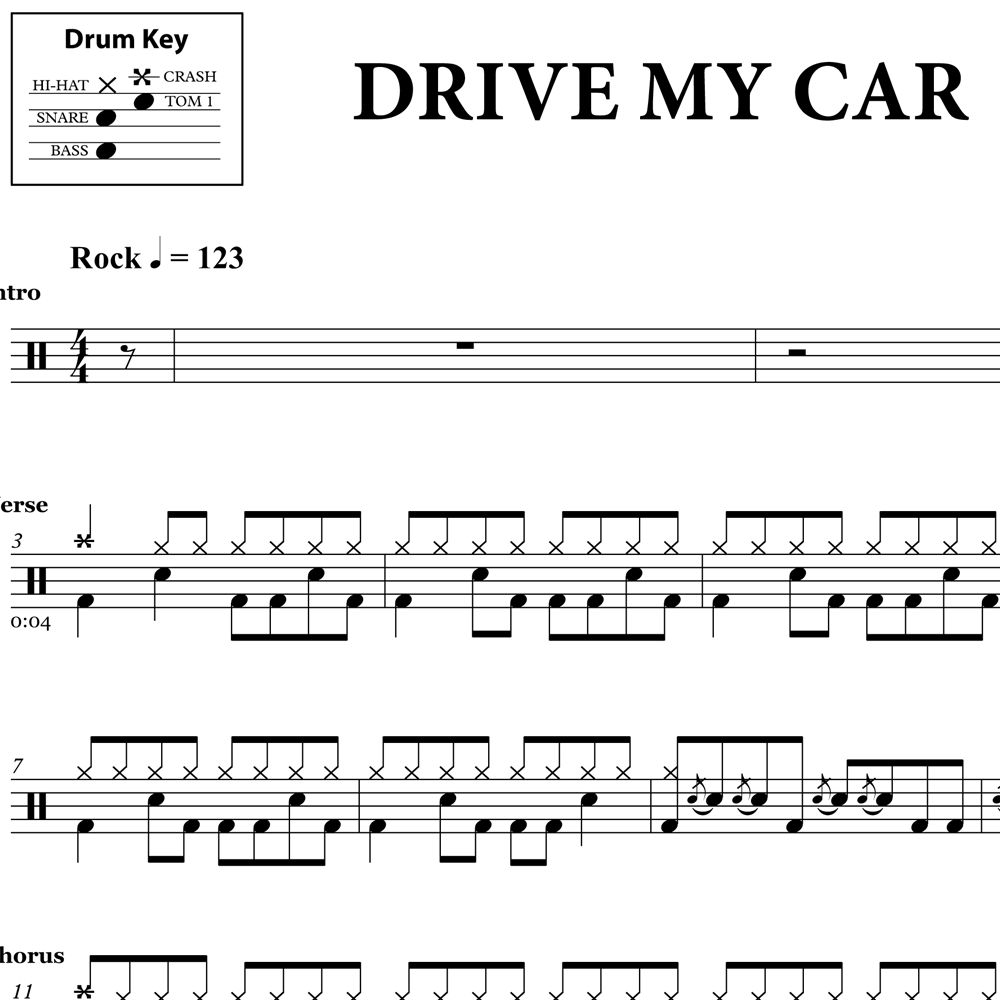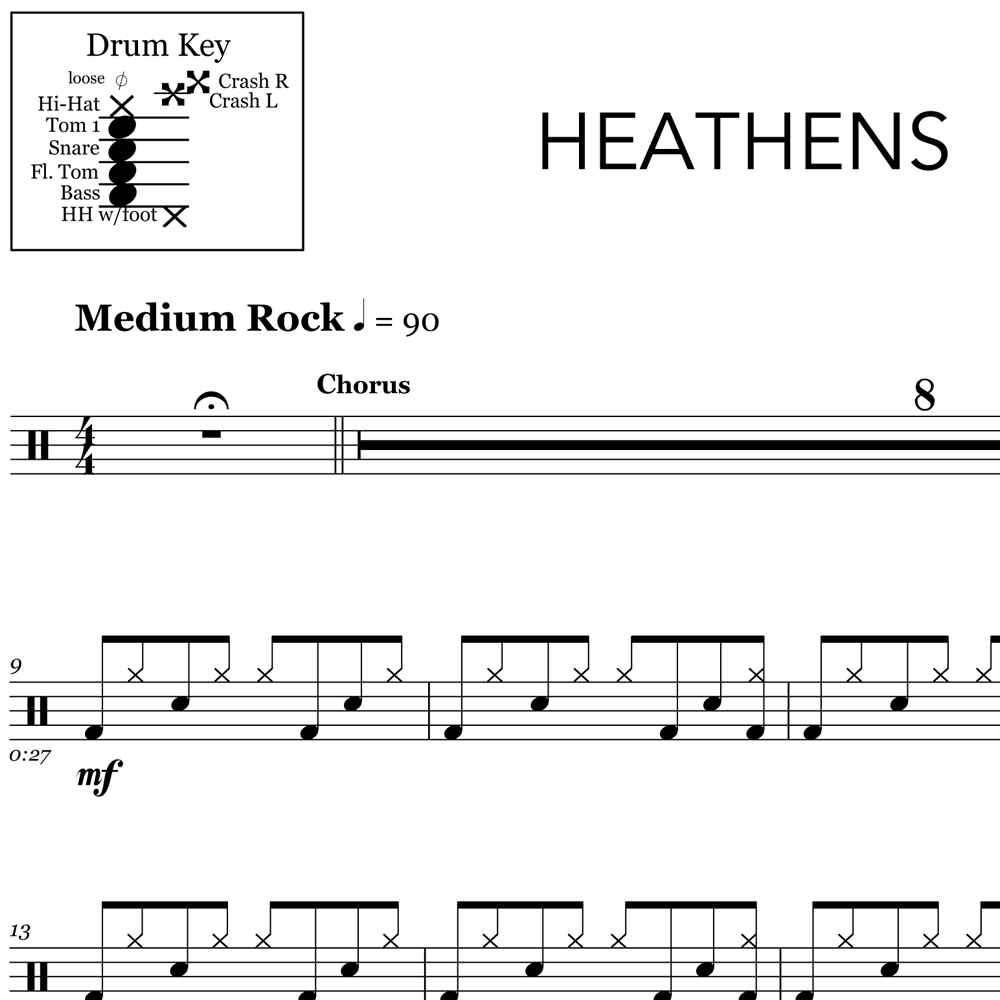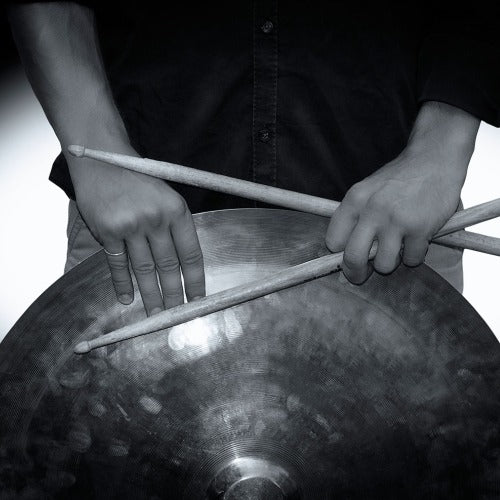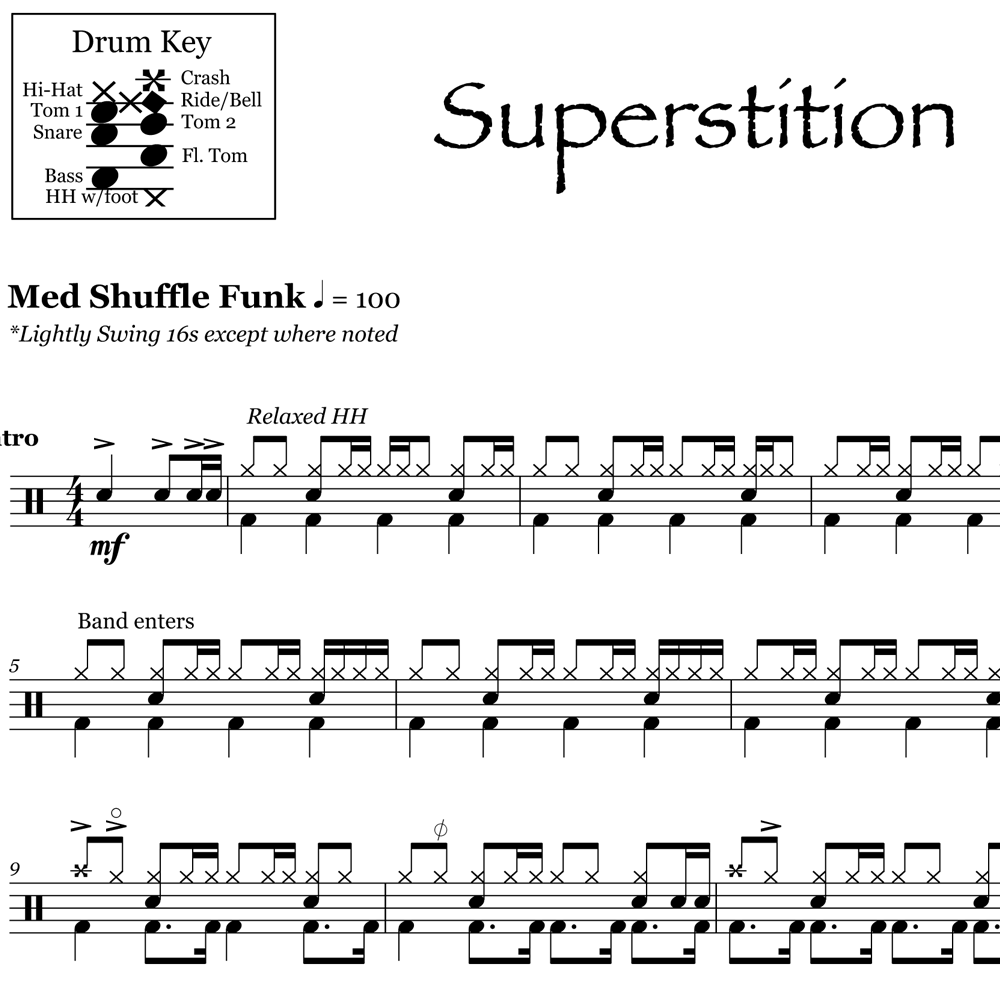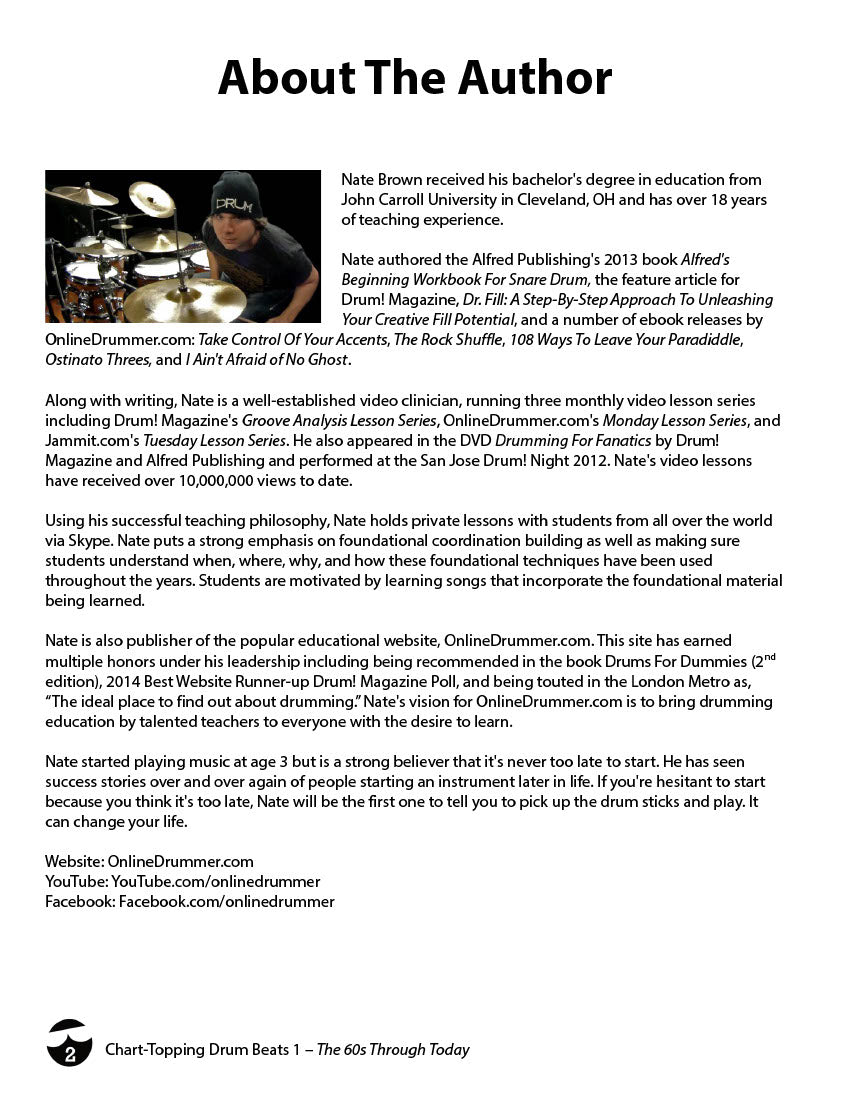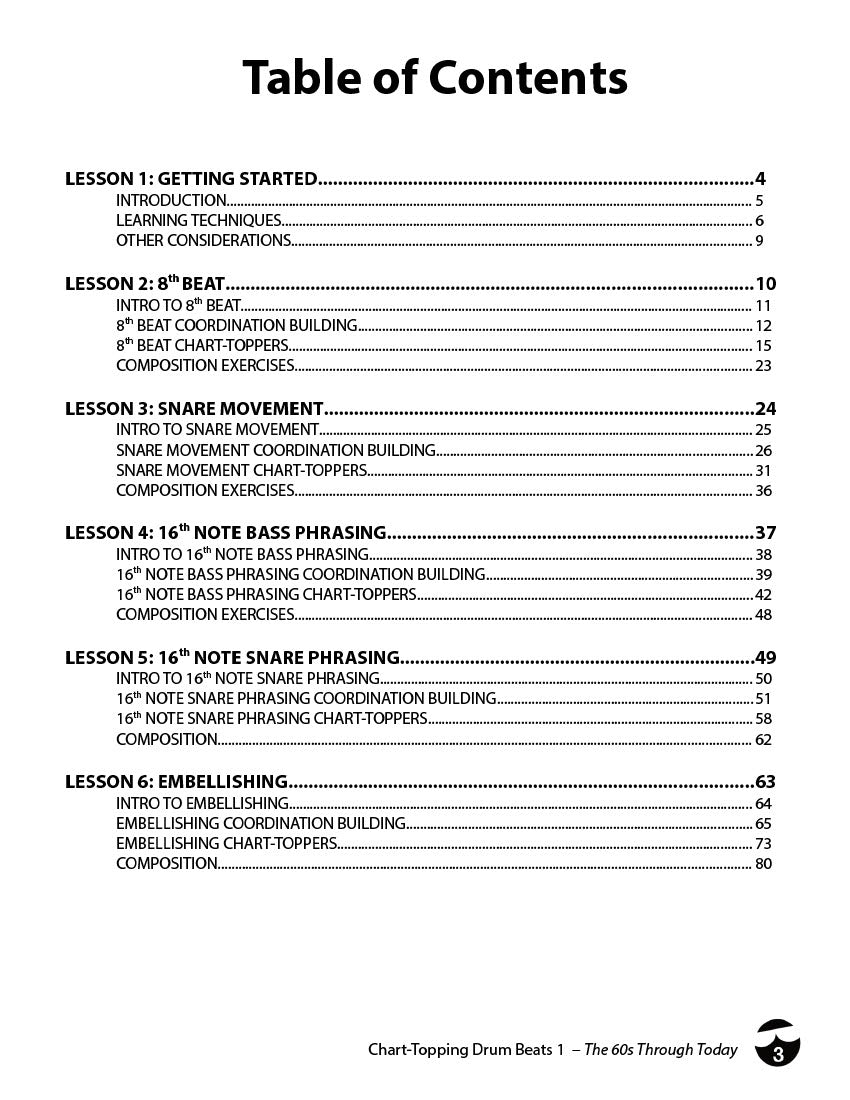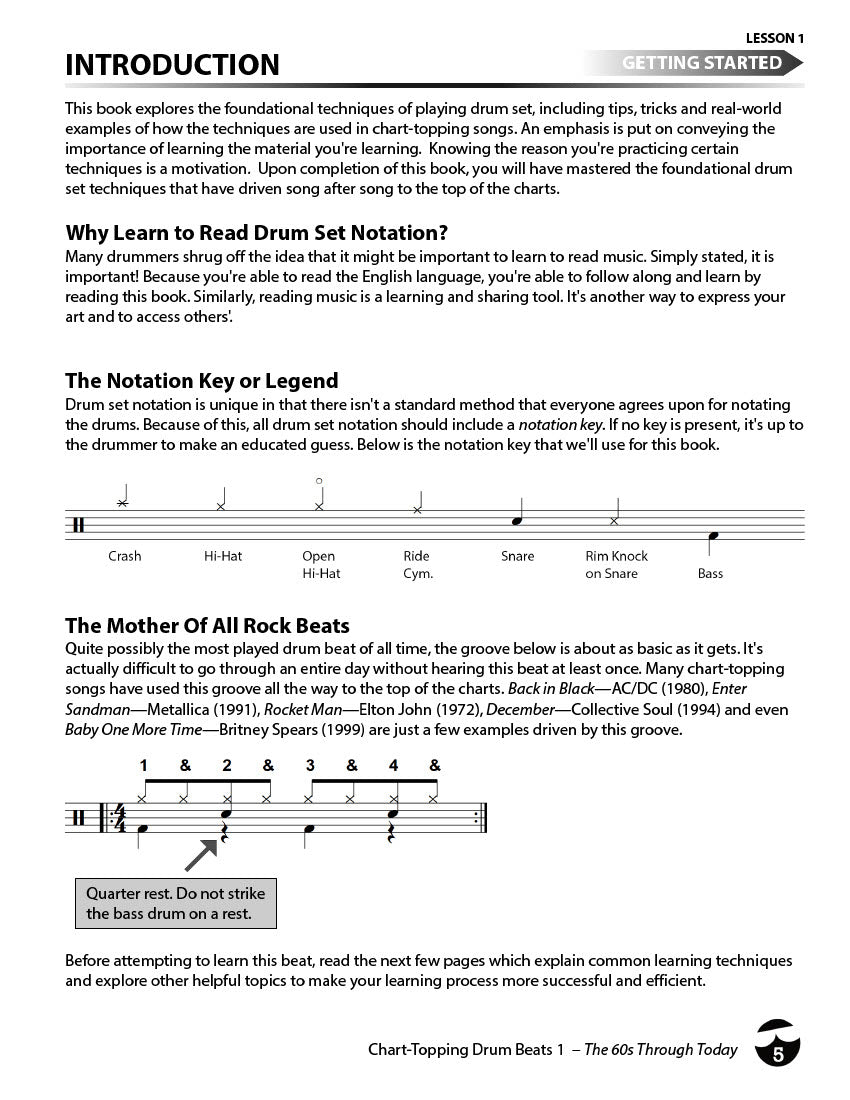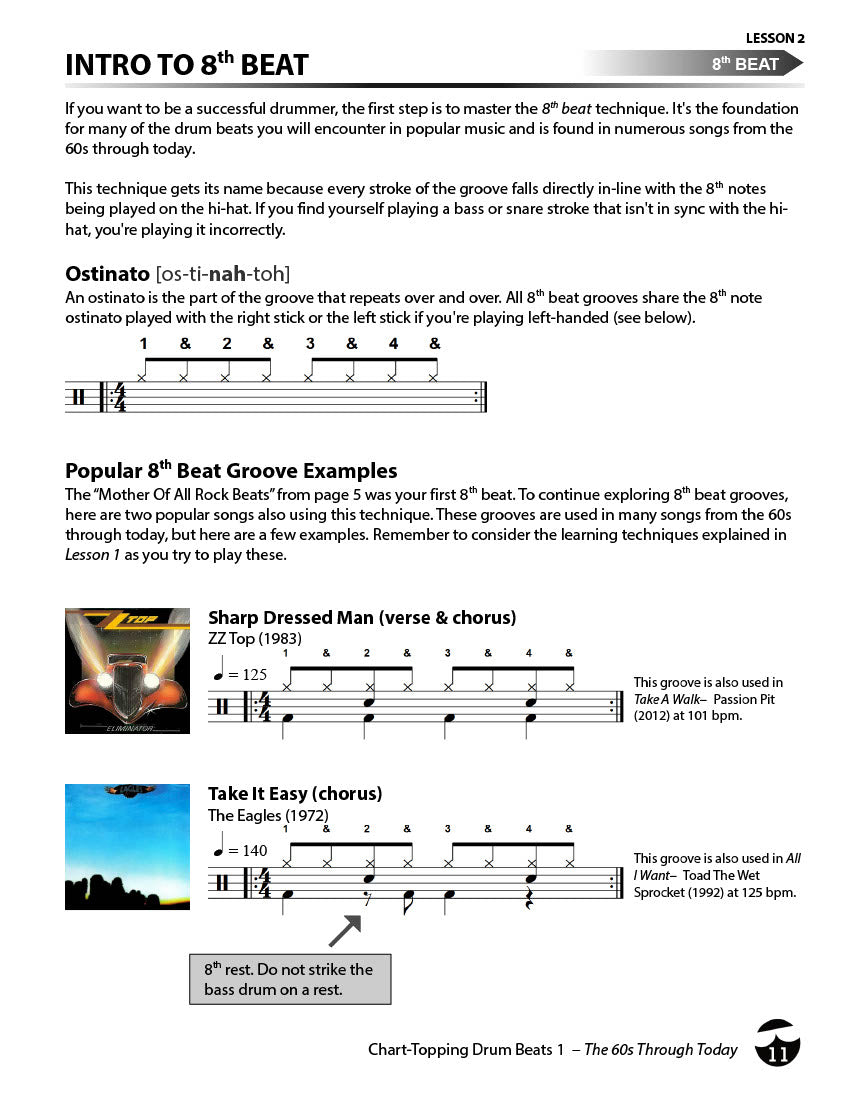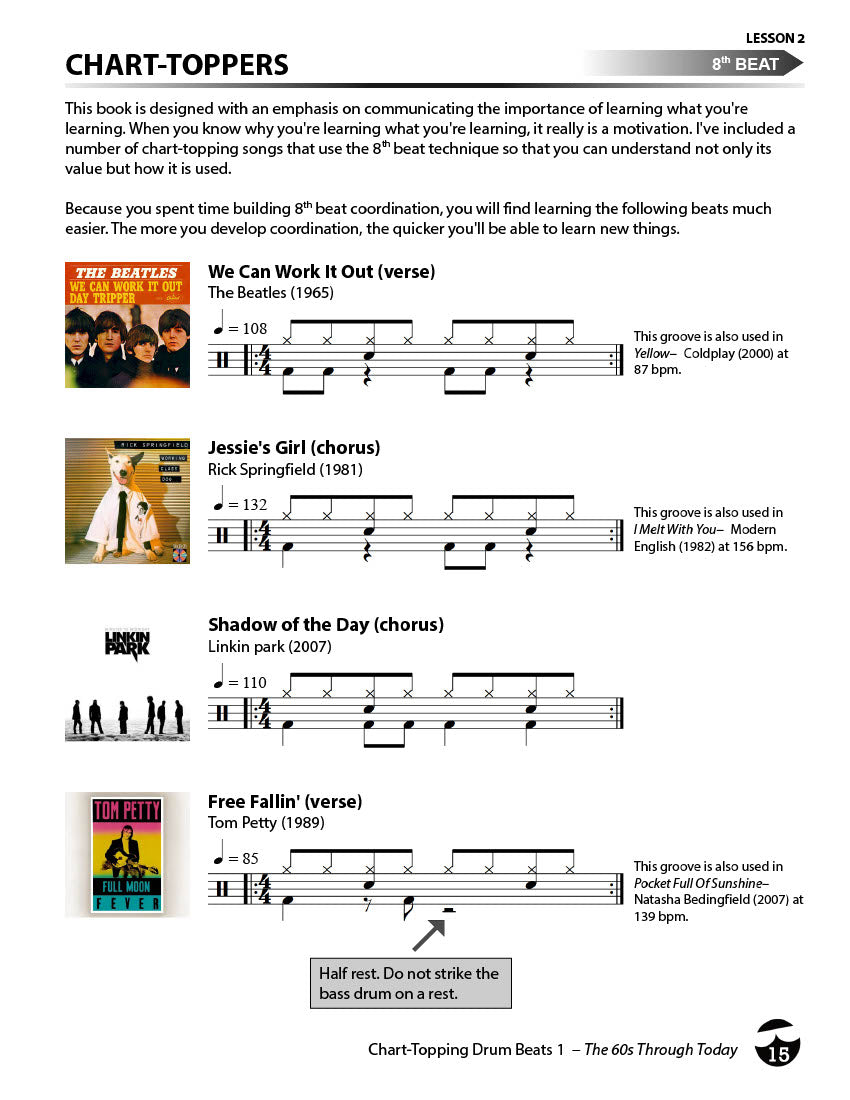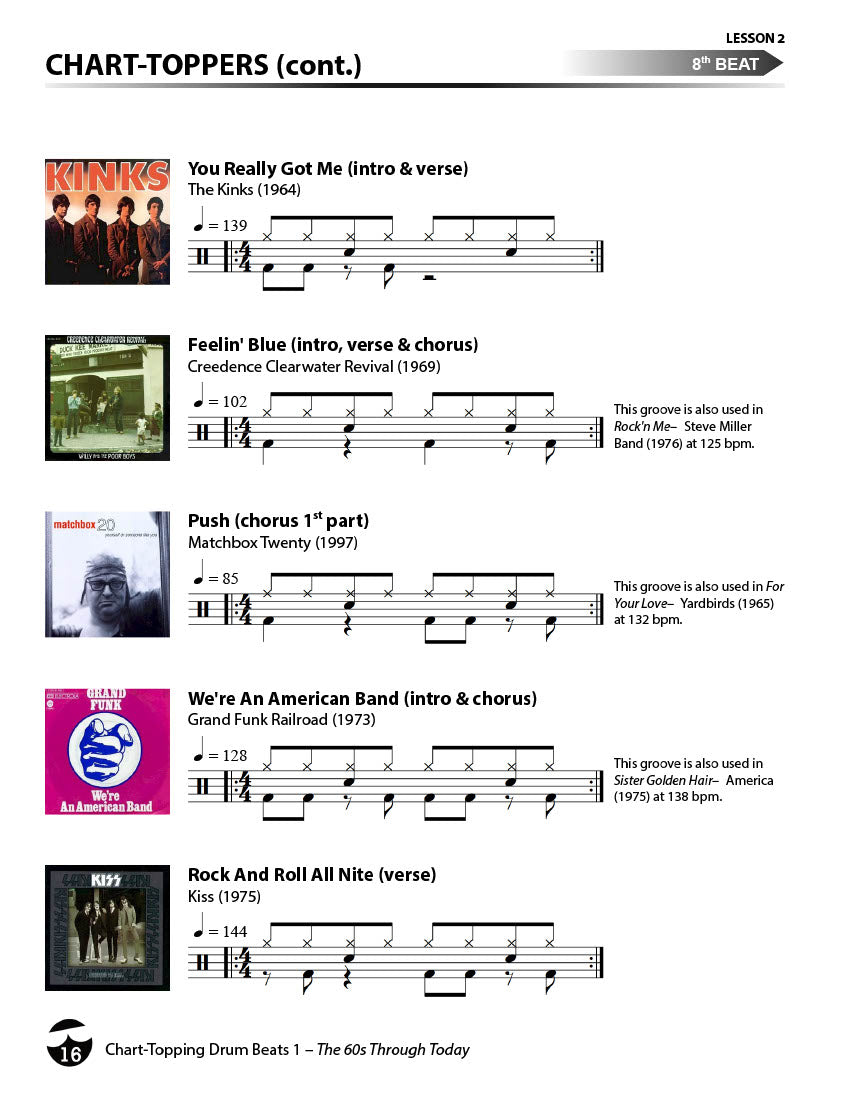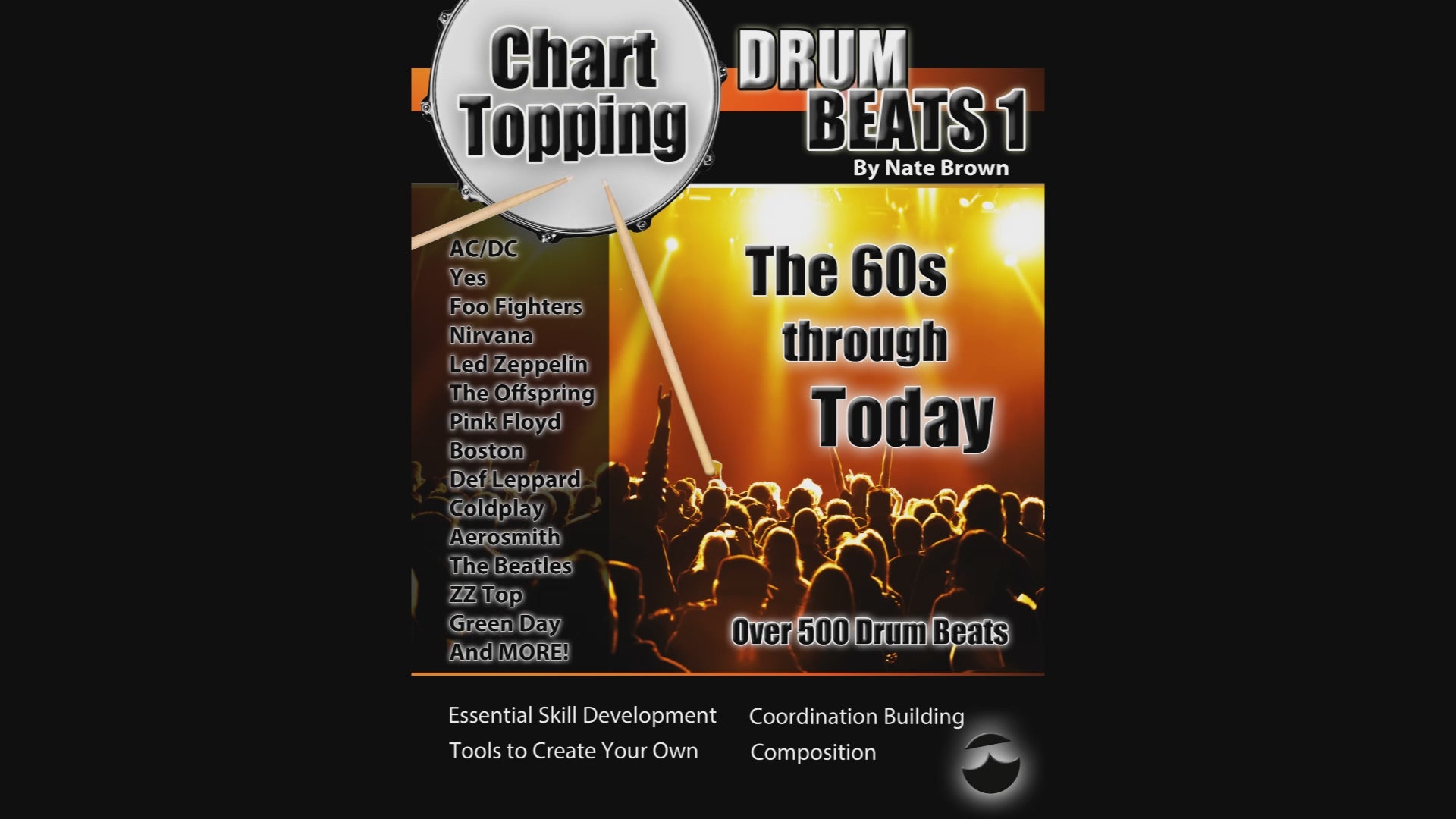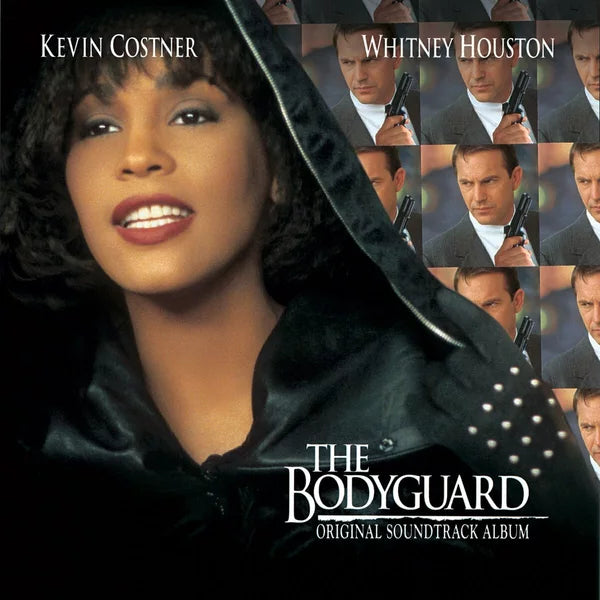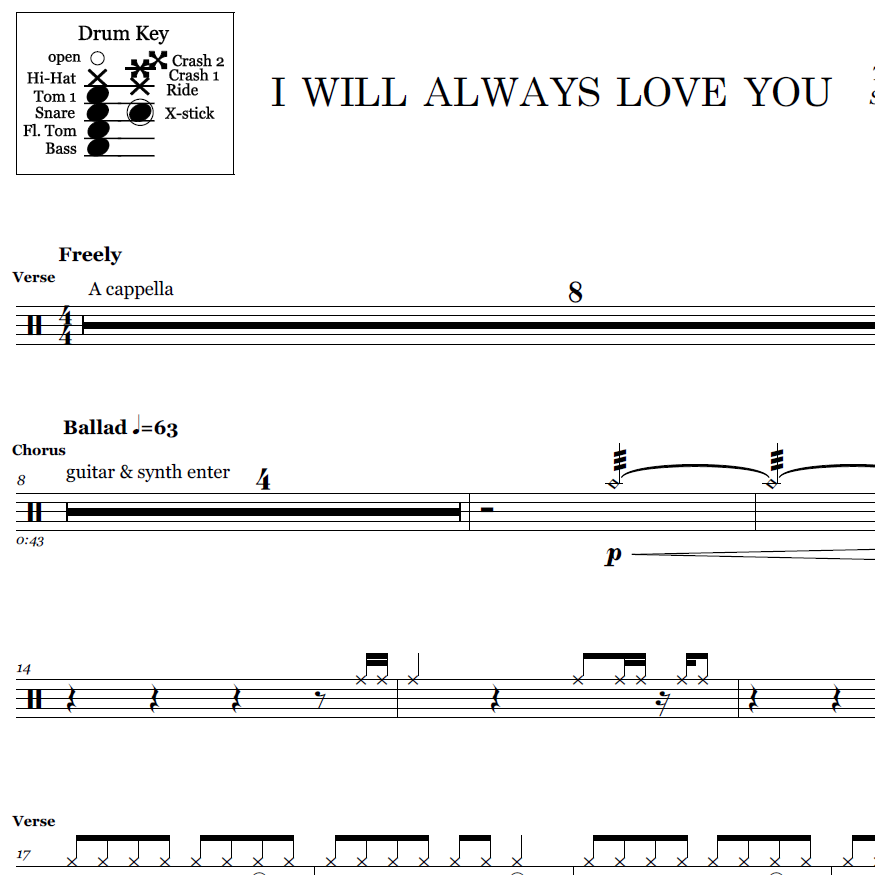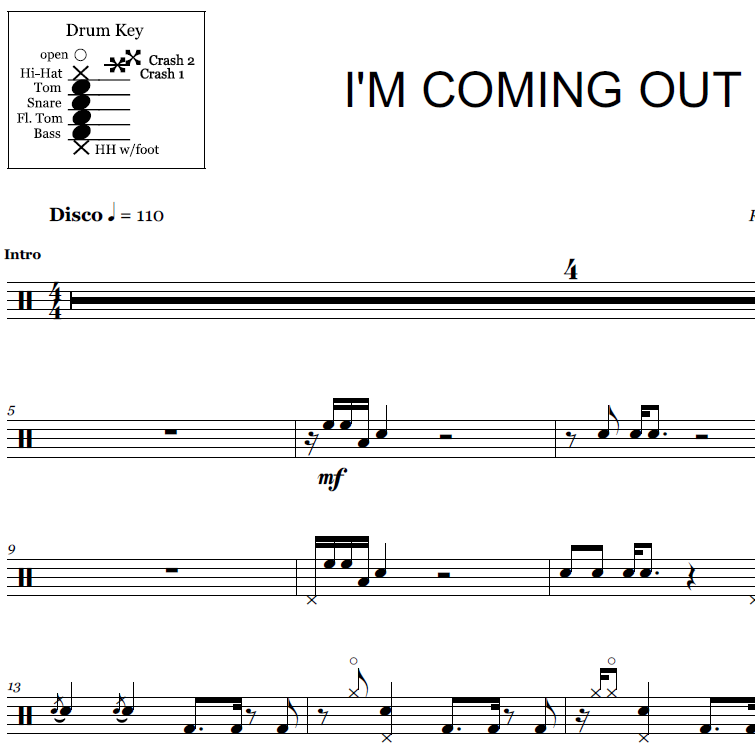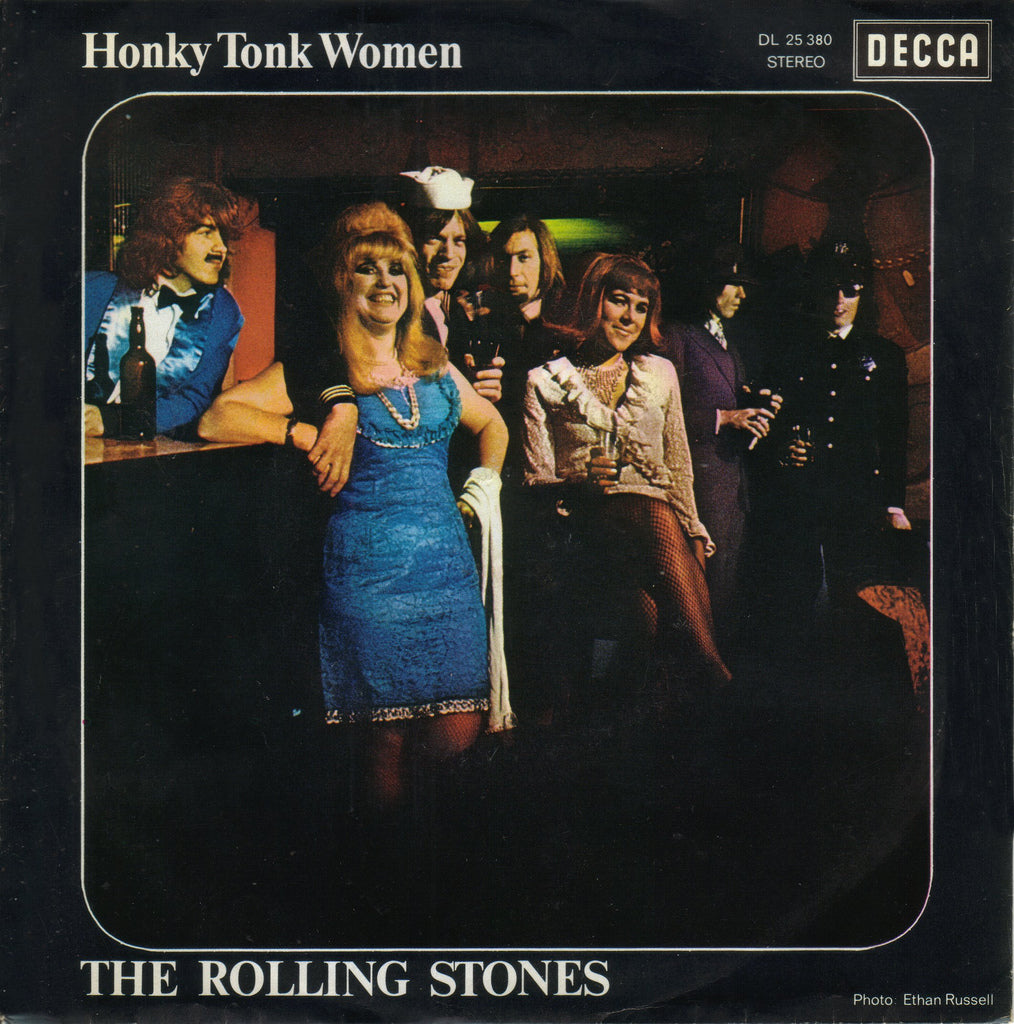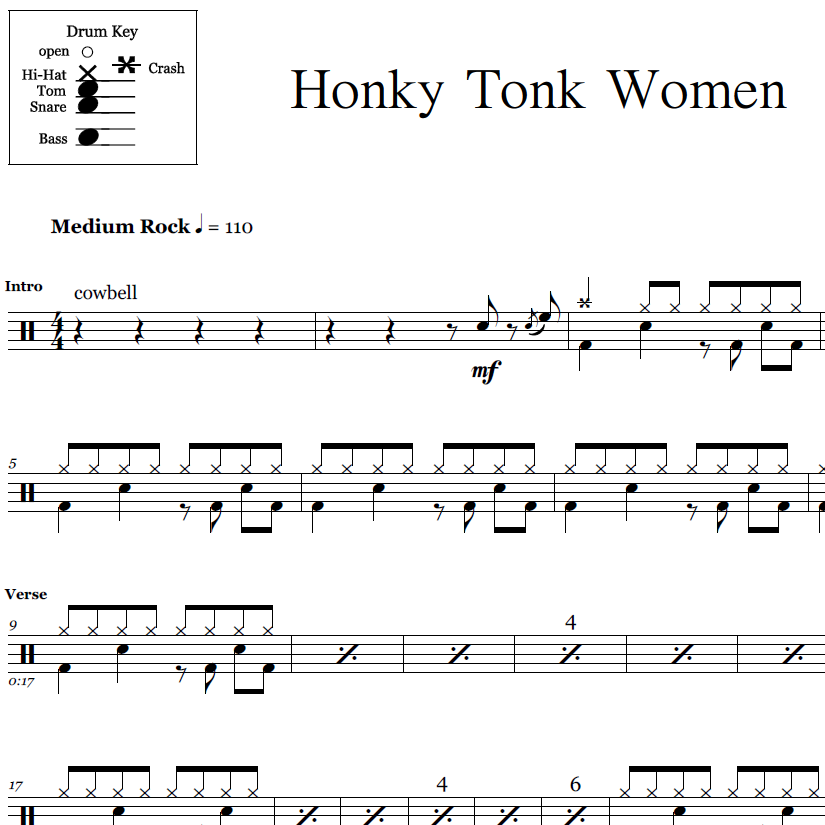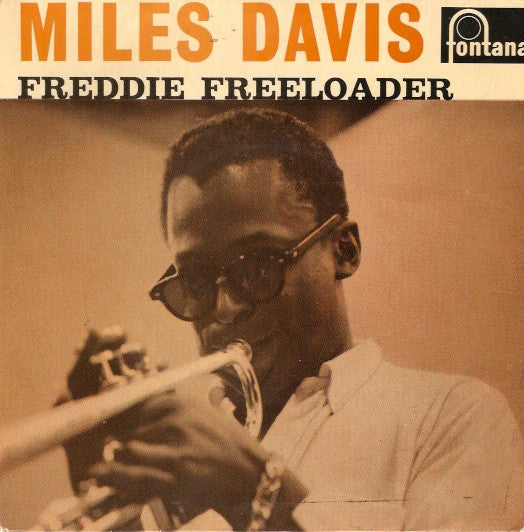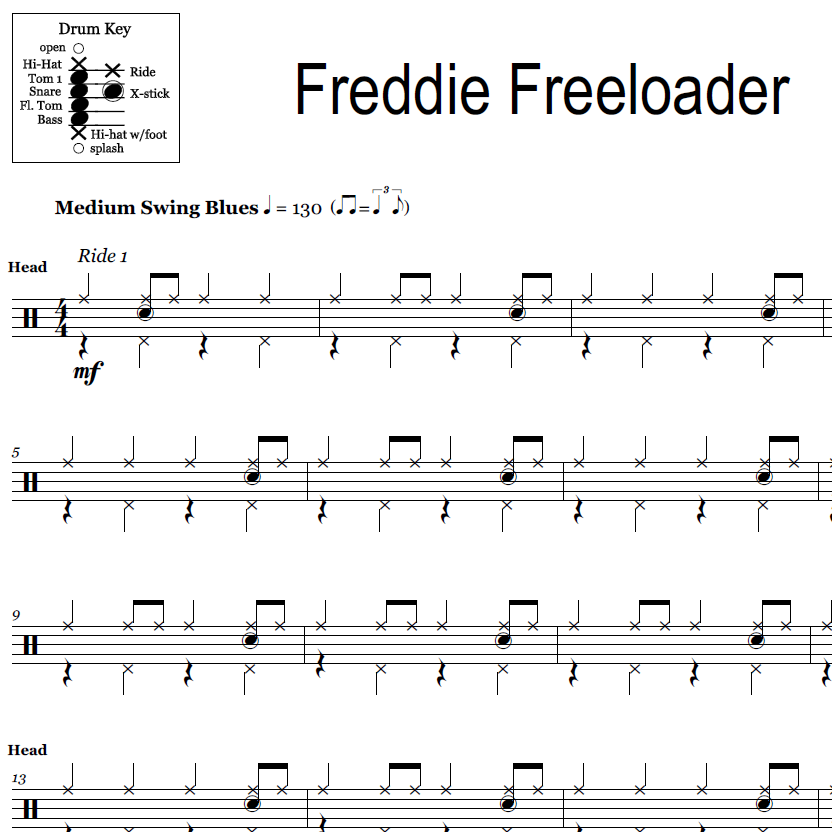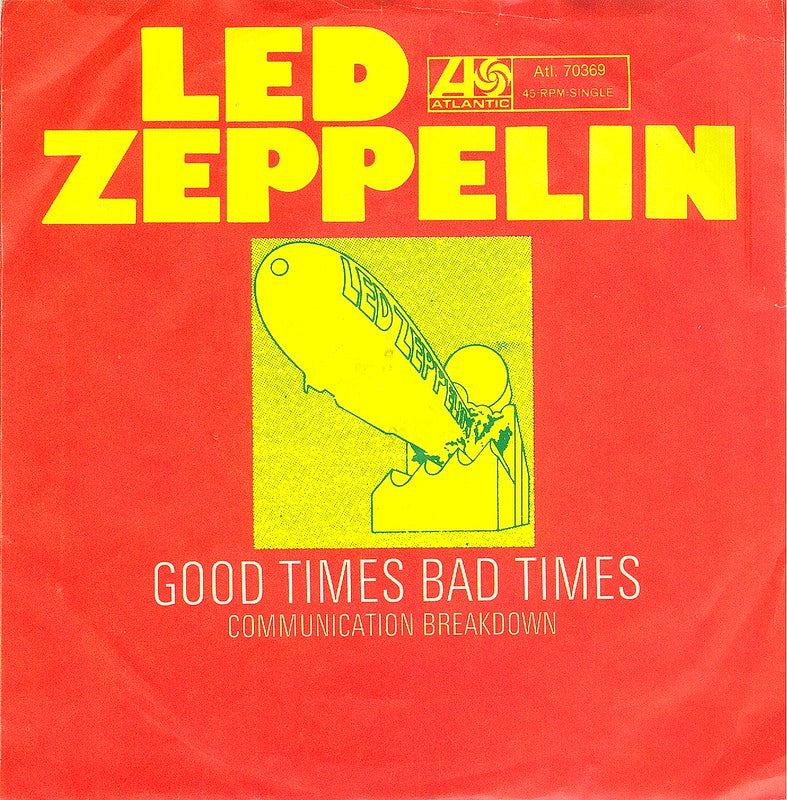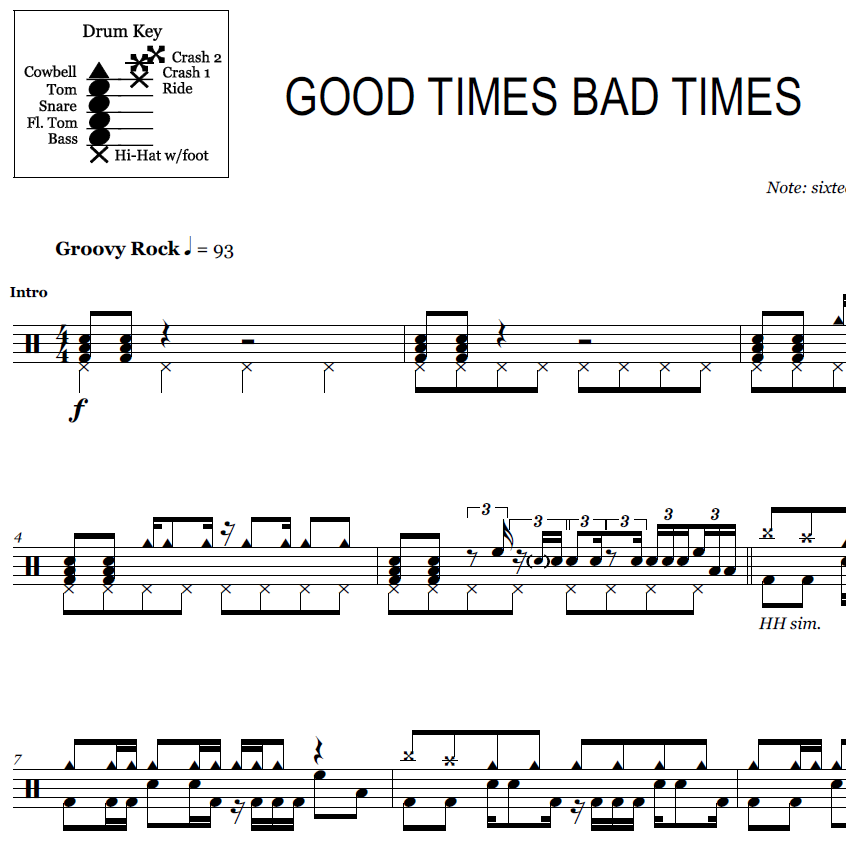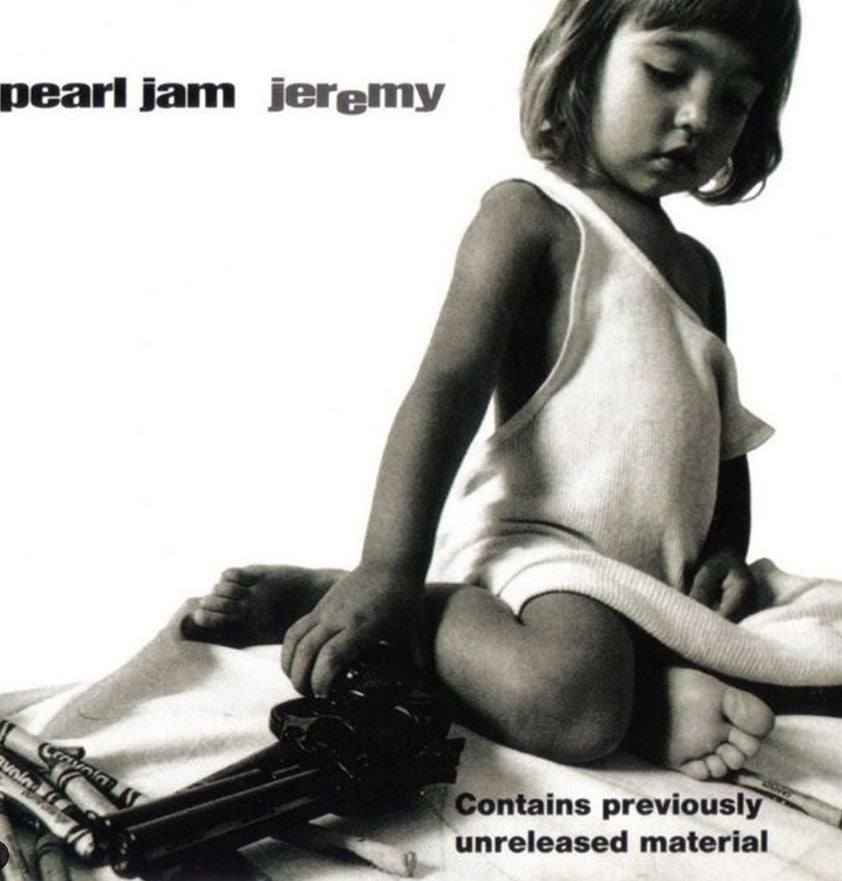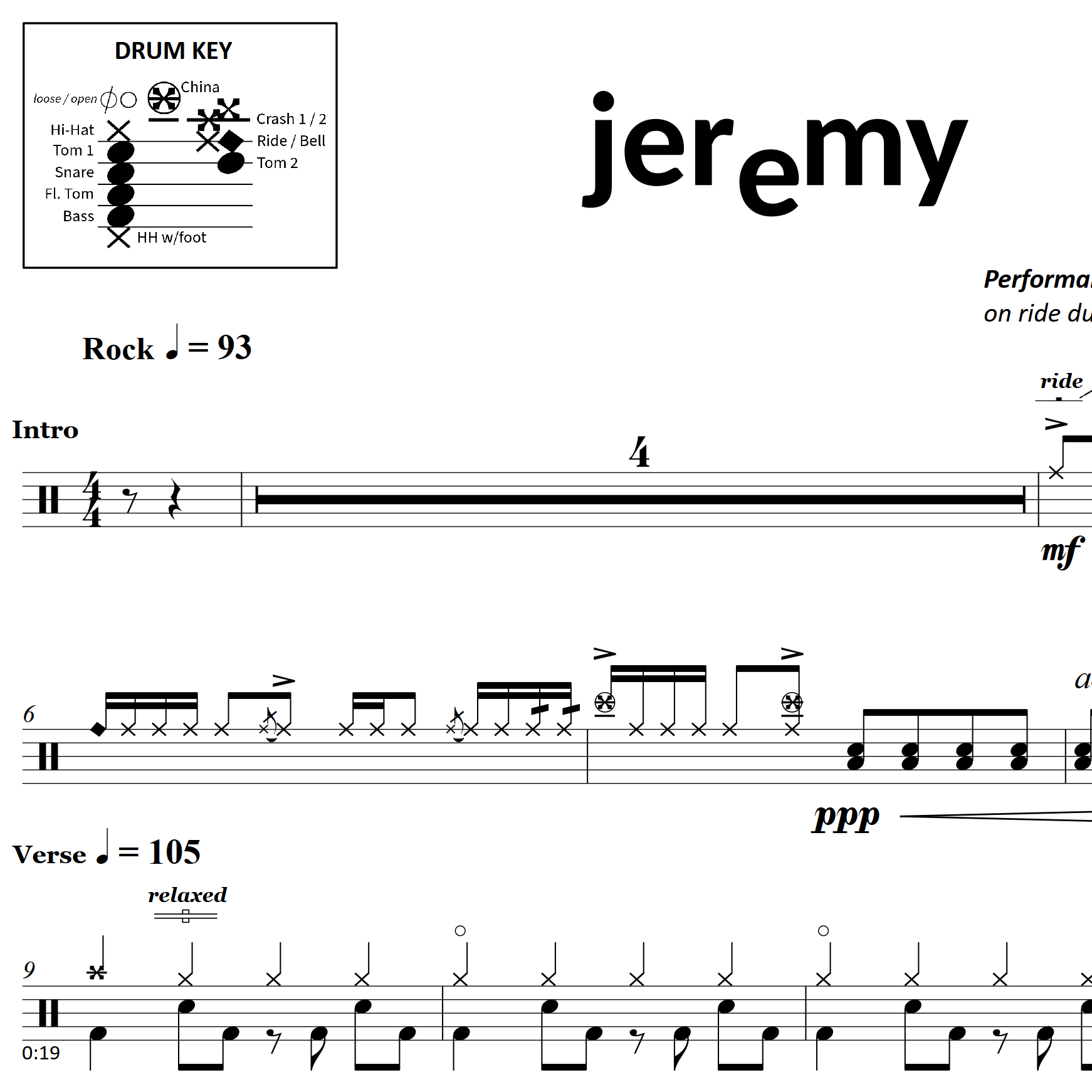Introduction to Voicing in Drum Notation
Have you ever been confused by the presentation of a drum part? Were some of the note stems pointing down, when you were expecting them straight up?
In this article, we compare the three most common styles of notation for drums and determine the best context for each style. After familiarizing yourself with the basics, there are some examples from popular songs for you to compare notation styles, a video demonstration by Nate Brown, and a worksheet to complete. Understanding these concepts will help to improve your reading and appreciation of different styles of drum notation. Let’s get started!
SINGLE VOICE:
In its simplest form, drum set parts are written as a stream of notes with up-stems. Notes that are played together are vertically aligned and share a stem. The combined value of the notes and rests equal the number of beats dictated by the time signature. This is known as single-voice notation.

TWO VOICES:
In the following example, the same pattern has been written using two voices.
Voice 1 (up-stems in blue) contains 8 eighth-notes on the hi-hat; the pulse element.
Voice 2 (down-stems in red) represents the rhythm part — the bass and snare.
Note that the combined value of the notes in each voice equals 4 beats — as dictated by the time signature.
Drum set parts are usually notated in one of the following ways:
- A: The Whole kit is notated in a single voice
- B: Notes played with the Hands in Voice 1; notes played with the Feet in Voice 2
- C: Cymbals notated in Voice 1; Drums in Voice 2


Example 1: The single-voice method (A) is preferred. Linear beats and fills are usually best notated in a single voice.
Example 2: Splitting the part into ‘Hands’ and ‘Feet’ (B) works best. The hands play an alternating sixteenth-note flow over an eighth-note pulse, played on the bass drum. Note that styles A and C do not allow for the snare to be accented by itself, so B is the clear winner.
Example 3: The bass drum and snare work together to create the rhythm, while the crash cymbal anchors the pulse. Grouping the ‘Cymbals’ and ‘Drums’ (C) separately illustrates this most clearly.
Example 4: The alternating double-bass drum part can be thought of as a separate entity to the ‘rhythm’ component — played with the cowbell (triangle note head) and snare drum. The ‘B’ grouping illustrates this most clearly.
CONCLUSION:
As you can see from these comparisons, each voice grouping style has a particular context in which it works best. Using the optimal notation style in every situation makes reading a pleasure and allows the drummer to keep their focus on the most important aspect, the music!
TRY IT OUT WITH OUR VOICE GROUPING WORKSHEET:


